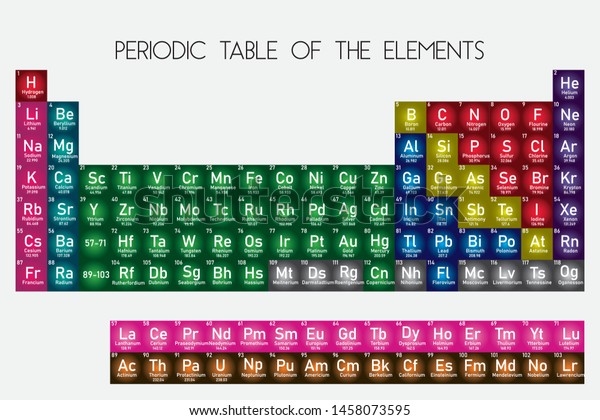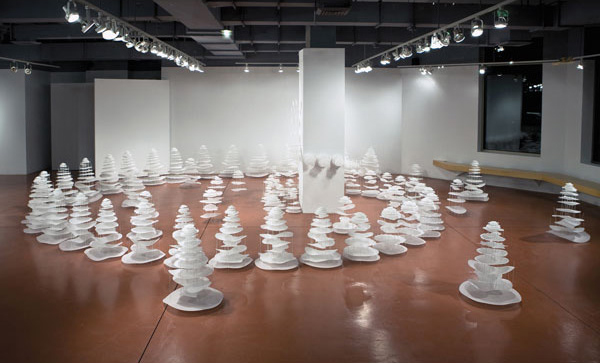

A NYSDEC Analytical Service Protocol Category B format data deliverable for the sample analyses is still reviewed by a qualified individual not directly associated with the project or the analytical laboratory and the output of the review is in the form of a Data Usability Summary Report (DUSR) rather than a validation report containing detailed evaluation of every piece of information generated by the analysis. While the purpose is the same, validation of these soil vapor intrusion data does not mean the same as formal "third-party data validation," which is typically associated with litigation activities. Reference is often made to "third-party data validation" of soil vapor, sub-slab vapor, indoor air and outdoor air results. April 2010: Clarification on Data Validation However, in the event that a complete evaluation cannot be conducted or additional information is needed, the NYSDEC and NYSDOH may recommend a return to the structure to collect the additional information and complete the original form (as revised March 2007). When completed properly, the abbreviated form will capture the information needed to perform the data evaluation process in most cases. It is intended to supplement, rather than replace, the original form. The abbreviated form is intended to decrease the amount of time spent gathering and reporting the supplemental building information while still collecting the most relevant information necessary for conducting a soil vapor intrusion investigation. Updateīased on comments received from field personnel and homeowners, as well as a review of indoor air evaluations at remedial sites, the NYSDOH and New York State Department of Environmental Conservation (NYSDEC) have created an abbreviated Indoor Air Quality Questionnaire and Building Inventory Form. The Indoor Air Quality Questionnaire and Building Inventory Form in Appendix B of the final guidance (as revised March 2007) is provided to aid with the evaluation of indoor air sampling results by collecting pertinent building and household product information that may influence soil vapor intrusion and indoor air quality.
PERIODIC TABLE CHEMISTRY NYC UPDATE
May 2010: Update on Building Questionnaires and Product Inventories The air guideline identified in Table 3.1 of the final guidance is no longer applicable. NYSDOH has lowered their guideline for tetrachloroethene in ambient air from 100 micrograms per cubic meter (mcg/m3) to 30 mcg/m3 and their recommended immediate action level from 1000 mcg/m3 to 300 mcg/m3. September 2013: New Ambient Air Guideline for Tetrachloroethene Announcement NYSDOH has lowered their guideline for trichloroethene in ambient air from 5 micrograms per cubic meter (mcg/m3) to 2 mcg/m3 and developed a recommended immediate action level of 20 mcg/m3. These modifications to the SVI Decision Matrices should not be interpreted as reflecting changes in the recommended approach for how, when, and where to collect soil vapor or soil vapor intrusion samples during the investigation of a contaminated site.Īn overview of the Decision Matrices and factors NYSDOH considers when developing and assigning chemicals to them is provided in Section 3.4 of the 2006 guidance.Īugust 2015: New Ambient Air Guideline for Trichloroethene Announcement The assignments are summarized in the following table:

These assignments and SVI Decision Matrices supersede those provided in the final guidance and in subsequent updates to the guidance (please note: the June 2007 update is no longer posted on this web page). If you have suggestions you would like us to consider during the next revision process, please share them with us at May 2017: Updates to Soil Vapor / Indoor Air Decision Matrices Updateīased on reviews of toxicity data, risk assessments, and soil vapor intrusion data collected in New York State over the past decade, NYSDOH has assigned eight volatile chemicals to three newly revised and renamed Soil Vapor / Indoor Air Decision Matrices. The updates provide herein will be incorporated, as applicable, into the guidance document itself upon its periodic revision. This refers to the Guidance for Evaluating Soil Vapor Intrusion in New York State, October 2006. Throughout this web page, reference is made to the final guidance.


 0 kommentar(er)
0 kommentar(er)
